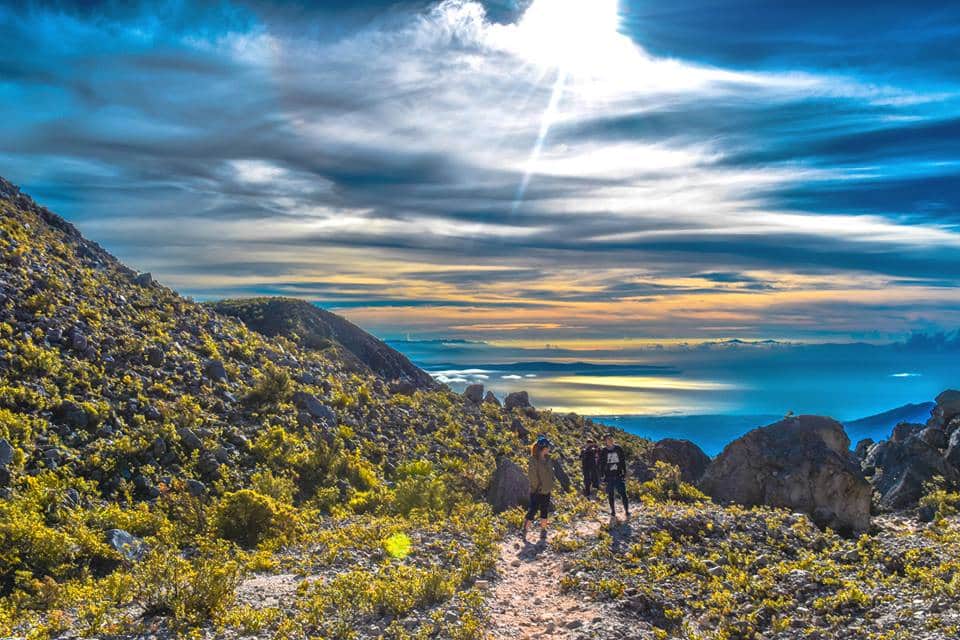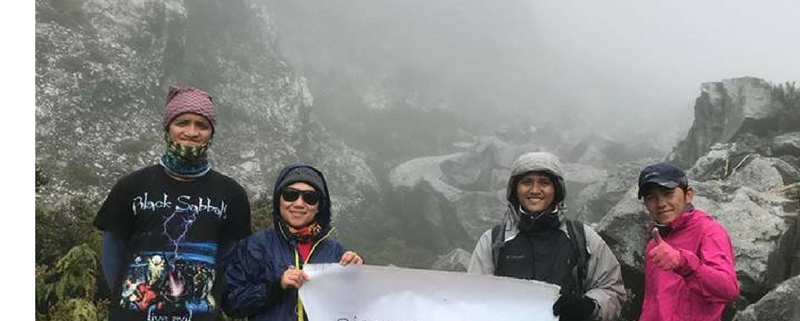Mt. Apo Difficulty Level: How Challenging is the Highest Peak in the Philippines?
Mt. Apo difficulty level is often a significant concern for hikers planning to conquer the Philippines’ highest peak.

Mount Apo, towering at an impressive height of 2,954 meters (9,692 feet), is a popular bucket-list destination in Mindanao for avid hikers and adventure seekers.
However, understanding the Mt. Apo difficulty level thoroughly before embarking on your journey is crucial.
Table of Contents
Understanding Mt. Apo’s Difficulty Level
Mt. Apo’s difficulty level ranges from moderate to challenging, even for experienced hikers. The climb involves varied terrain, steep ascents, and demands adequate physical conditioning, mental preparedness, and proper equipment. Generally, the hike takes around two to four days, depending on your chosen trail and hiking pace.
Factors Influencing Mt. Apo’s Difficulty Level
Trail Choice
Choosing the right trail significantly affects Mt. Apo’s difficulty level. The following are some trail options:
- Kidapawan Trail: Known for steep sections, challenging terrain, river crossings, and muddy paths. It’s popular for its breathtaking scenery but demands high endurance.
- Kapatagan Trail: Offers scenic views with slightly more moderate conditions, although it still involves steep inclines and rocky paths.
- Sibulan Trail (Sta. Cruz): Considered moderately challenging, featuring dense forests, steep slopes, and scenic landscapes suitable for hikers with prior experience.
- Bansalan Trail: Less frequented and demands expert navigation skills and high endurance due to its length and complexity.
Weather Conditions
Weather greatly impacts Mt. Apo’s difficulty level. The rainy season (May to October) can make trails slippery, muddy, and visibility poor. Ideal climbing conditions generally prevail from November to April.
Physical Fitness and Preparation
Physical fitness is paramount when assessing the Mt. Apo difficulty level. Preparation should include cardiovascular conditioning, strength training, and endurance exercises.
Hiking shorter mountains or engaging in day hikes before tackling Mt. Apo is recommended.
Common Challenges on Mt. Apo
- Altitude Sickness: Although uncommon, some hikers experience mild altitude sickness symptoms such as dizziness, headaches, or nausea at higher elevations.
- Steep and Uneven Terrain: Steep slopes and rocky trails require careful footing and endurance.
- Weather Variability: Rapid weather changes can create risks, including extreme cold temperatures near the summit.
Tips for Managing Mt. Apo Difficulty Level
- Prepare Physically and Mentally: Start training at least 2-3 months in advance.
- Hire a Certified Guide: Guides ensure navigation safety and provide crucial support.
- Pack Smartly: Essential gear includes sturdy hiking boots, weather-appropriate clothing, a reliable tent, sleeping bag, adequate food, and hydration packs.
- Acclimatize Properly: Pace yourself and rest adequately to adjust to changing altitudes.
Final answer on Mt Apo’s difficulty level?
While climbing Mt. Apo is challenging, the experience is incredibly rewarding. We’d say it’s 4 out of 5 in terms of challenge, but hey, it’s a mission, and that’s why it’s one of the best experiences you’ve ever conquered.
With adequate preparation, choosing the right trail, and understanding what to expect, you can safely and successfully conquer the highest peak in the Philippines, creating memories to last a lifetime.


